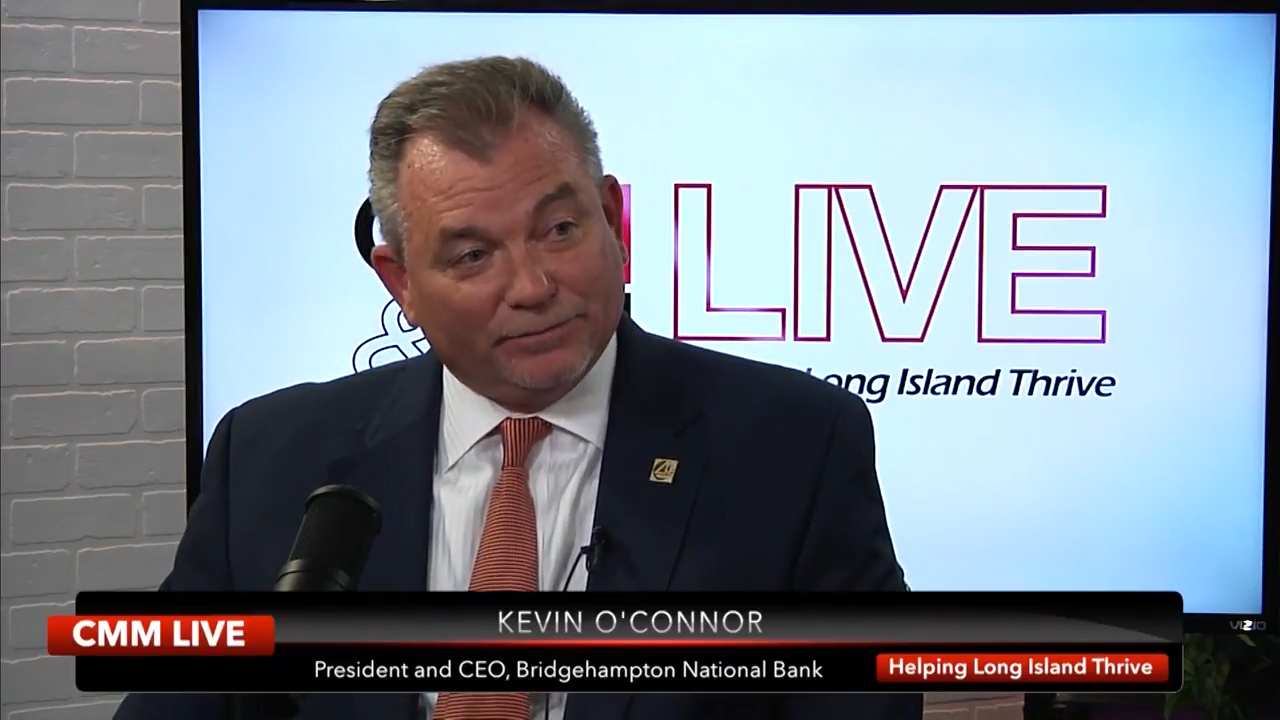Congratulations…you just bought a business. But, what else did you “buy”?
Many M&A deals are structured as asset purchase transactions so that the buyer can acquire only those things that make money and leave the liabilities and obligations that cost money behind for the seller to resolve after the closing. But, that’s not always what happens in reality.
Let’s begin with a bit of good news. In New York, the general rule is that a purchaser of a company’s assets is not liable for the seller’s liabilities and obligations except for those that are specifically identified as being acquired by the purchaser in the asset purchase agreement. [1]
But, simply structuring a deal as an asset purchase transaction does not, in and of itself, insulate the purchaser from “successor liability,” a legal theory wherein the purchaser is deemed to have assumed the liabilities and obligations of the seller. New York courts recognize four exceptions to the general rule and have held that successor liability may be imposed where [2]:
- The purchaser/successor expressly or impliedly assumes the seller’s/predecessor’s liabilities;
- The purchaser/successor is a mere continuation of the seller/predecessor;
- The asset purchase transaction was simply a consolidation or merger of the seller and the purchaser (a de facto merger); or
- The transaction sale was an attempt to fraudulently evade the seller’s creditors or escape seller’s obligations to third-parties.
A clear example of where the exceptions to the general rule against successor liability would apply is where a business entity transfers its assets to a newly formed entity that is owned by the same shareholders/members, hires the same employees in the same positions, and leaves the liabilities behind in the original entity. Not each situation is as clear-cut, and because each case is determined on the specific facts and circumstances, litigation over whether one of the exceptions applies tends to be protracted and quite costly.
Exception #1: Express or Implied Assumption of the Seller’s Liabilities
This exception turns on whether the asset purchase agreement expressly states that the purchaser agrees to assume some or all of the seller’s liabilities (e.g. an express assumption of the seller’s liabilities), or whether the purchaser engages in some form of conduct that implies that it intended to pay the seller’s debts or otherwise assume its liabilities, such as where the purchaser voluntarily pays a seller’s debt that was not required by the asset purchase agreement (e.g., an implied assumption of the seller’s liabilities). [3]
If the purchaser agrees to pay or assume some, but not all, of the seller’s liabilities, the liabilities being assumed by the purchaser should be identified with specificity and scheduled in the asset purchase agreement (e.g., identifying the creditors that the purchaser agrees to pay, the amount owed to each creditor, what the payment is for, etc.). Such liabilities are commonly defined in the asset purchase agreement as “Assumed Liabilities.” The purchase agreement should also make it clear that the purchaser is acquiring only the Assumed Liabilities on the disclosure schedule and that the seller remains responsible for any and all known or unknown liabilities that are not listed on the disclosure schedule. Further, the purchase agreement should require the seller to indemnify the purchaser against any and all known and unknown liabilities, except for the Assumed Liabilities.
Exception #2: Mere Continuation
The mere continuation exception turns on whether or not the transaction was simply a corporate reorganization disguised as an asset deal. Specifically, “[t]he mere continuation exception refers to a continuation of the selling corporation in a different form, and not merely to a continuation of the seller’s business. It applies where a purported asset sale is in effect a form of corporate reorganization.” [4] In determining whether the purchaser is a mere continuation of the seller, New York courts consider several factors including: (1) commonality of directors; (2) commonality of stockholders; and (3) whether only one corporation exists at the conclusion of the transaction. [5]
A finding of successor liability is likely where the seller ceases to exist after the transaction is completed, as this would be indicative of a corporate reorganization. In short, for the mere continuation exception to apply, the court would need to find that the purchaser and seller were so closely intertwined that the transaction was the equivalent of the seller simply changing hats. [6]
Exception #3: De Facto Merger
The “de facto merger” exception is the most commonly litigated exception to the general rule against successor liability. Specifically, “the de facto merger doctrine creates successor liability when the transaction between the purchasing and selling companies is in substance, if not in form, a merger.” [7] New York courts have determined that successor liability exists when:
- The shareholders/members of the seller continue to be the shareholders/members of the purchaser (this is an essential component of the test);
- The seller discontinued its operations or is dissolved soon after the asset sale occurred;
- The purchaser assumed the liabilities ordinarily necessary for the uninterrupted continuation of the business of the seller (g., the purchaser assumes only those liabilities that are necessary to continue the business operations); and
- There is substantial continuity of the seller’s operations by the purchaser, as evidenced by the same management personnel, assets, and physical location. [8]
New York law treats a de facto merger in the same way as a traditional merger.
Exception #4: Fraudulent Attempt to Evade Creditors
Under this exception, New York courts consider certain “badges of fraud” to determine whether a transfer was simply a fraudulent attempt to evade creditors. These badges of fraud can include any of the following: (1) a close relationship among the parties to the transaction; (2) a secret and hasty transfer not in the usual course of business; (3) inadequacy of consideration; (4) the transferor’s/seller’s knowledge of the creditor’s claim and the transferor’s/seller’s inability to pay it; (5) the use of dummies or fictitious parties; and (6) retention of control of the property by the transferor after the conveyance. [9]
The most important factor in this analysis is whether the seller retained control of the assets from which the creditors seek to recover.
Conclusion
While New York continues to adhere to the general rule against successor liability, the exceptions clearly demonstrate that there is no bright line test to insulate each transaction from judicial scrutiny and challenges by the seller’s creditors. In drafting an asset purchase agreement, the parties should consider whether they intend for the purchaser to assume any liabilities of the seller, whether there will be substantial continuity of the business as operated by the seller, and whether the transaction may leave a creditor or other third party with a claim for which there is no adequate remedy. Due consideration of these factors at the outset of every asset purchase transaction is essential so that the intended allocation of risk and liability between the purchaser and seller is not only clearly specified in the purchase agreement, but also upheld in a courtroom.
[1] Cargo Partner AG v. Albatrans, Inc., 352 F.3d 41 (2d Cir. 2003); Aguas Lenders Recovery Group v. Suez, 585 F.3d 696 (2d Cir. 2009).
[2] Aguas Lenders Recovery Group v. Suez, 585 F.3d 696, 702 (2d Cir. 2009), citing Cargo Partner AG v. Albatrans, Inc., 352 F.3d 41, 45 (2d Cir. 2003); Schumacher v. Richards Shear, 59 N.Y.2d 239 (1983).
[3] Danstan Props. v. Merex, 2011 WL 135843 at 3 (S.D.N.Y. 2011).
[4] Cargo Partner AG v. Albatrans, Inc., 352 F.3d 41 (2d Cir. 2003); New York v. Nat’l. Serv. Indus., Inc., 460 F.3d 201, 205 (2d Cir. 2006).
[5] Id.
[6] Alvarado v. Dreis and Krump Manufacturing Co., 781 N.Y.S.2d 622 (NY. Sup. Ct. Bronx Cty. 2004)
[7] Cargo Partner AG v. Albatrans, Inc., 352 F.3d 41 (2d Cir. 2003).
[8] Id.
[9] Kaur v. Royal Arcadia Palace, Inc., 643 F.Supp.2d 276, 290 (E.D.N.Y.2007) (summary judgment) (citing Shelly v. Doe, 671 N.Y.S.2d 803, 806 (3d Dept. 1998)).
![]()





 Bridgehampton, NY – The East End business community has spoken, awarding
Bridgehampton, NY – The East End business community has spoken, awarding 

